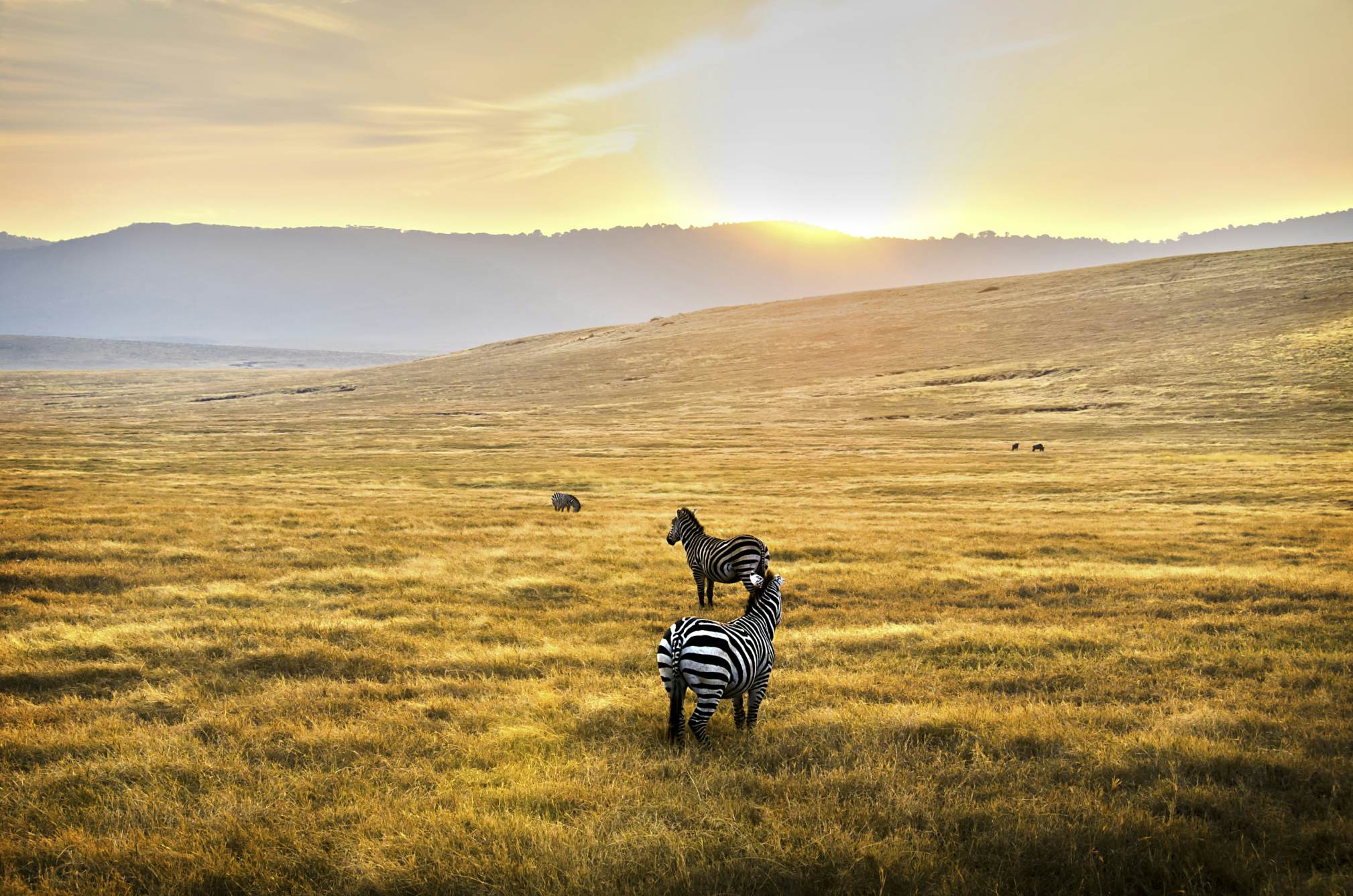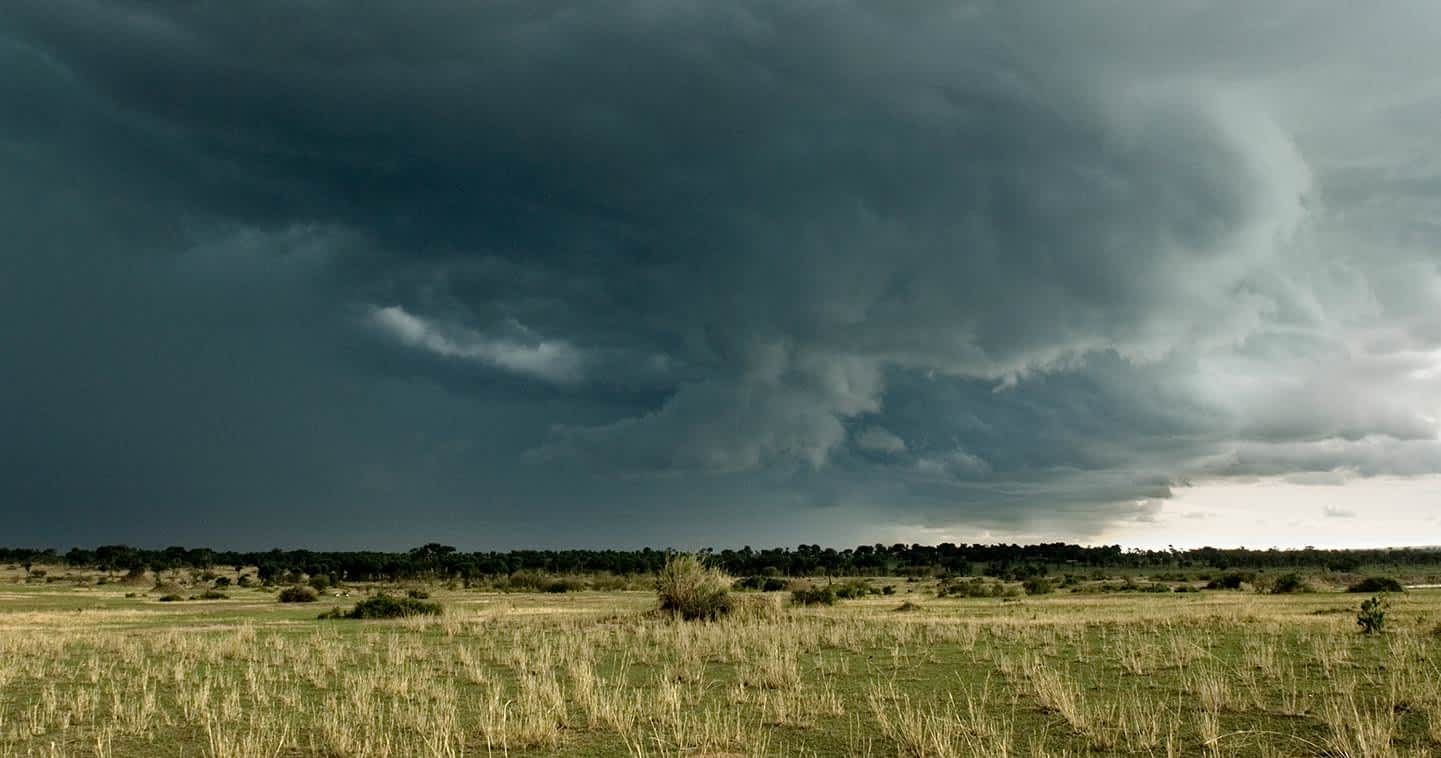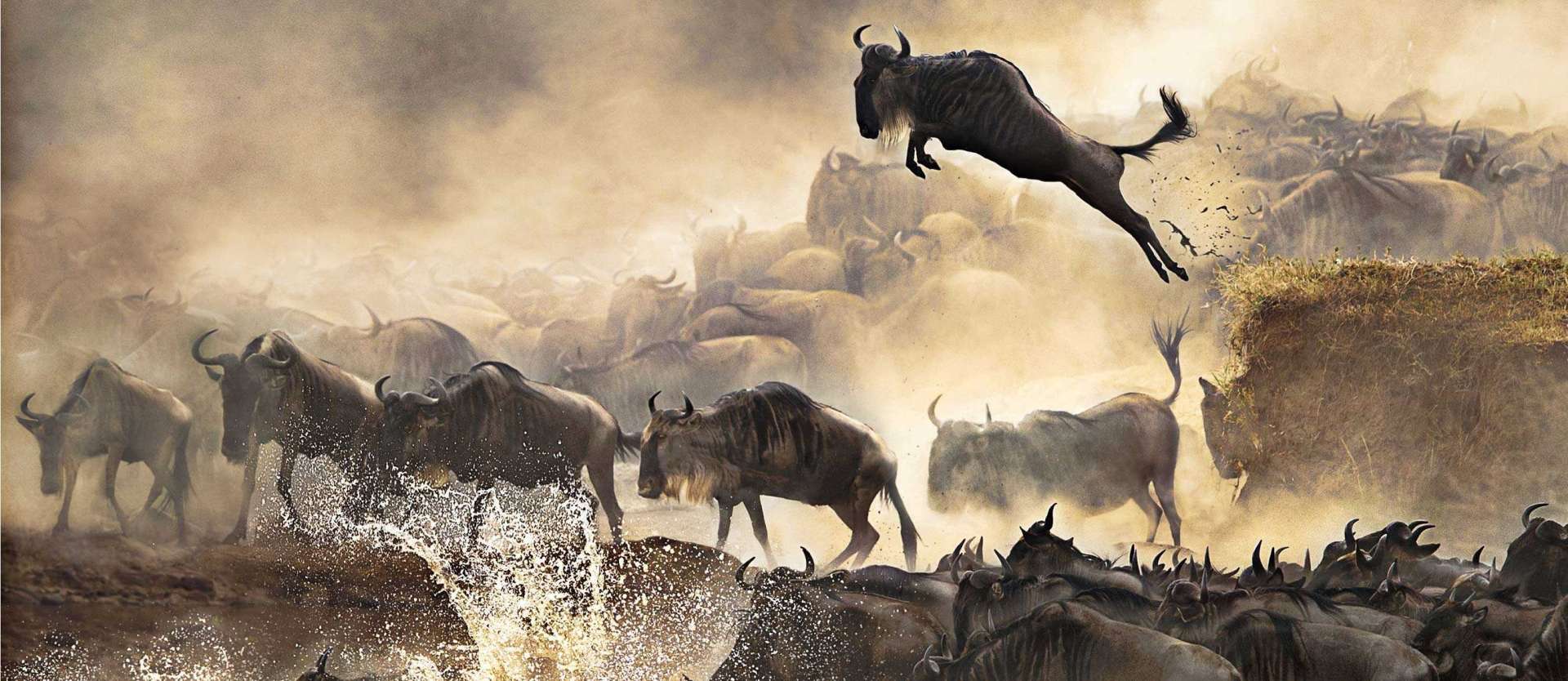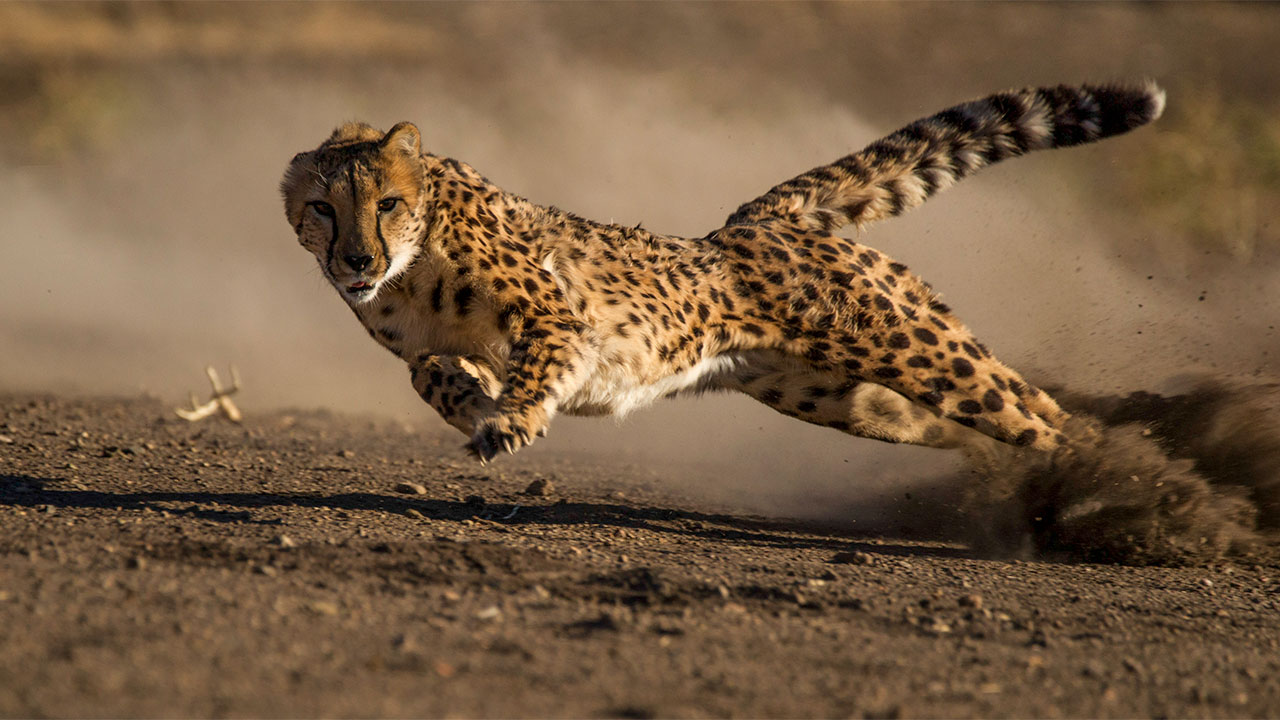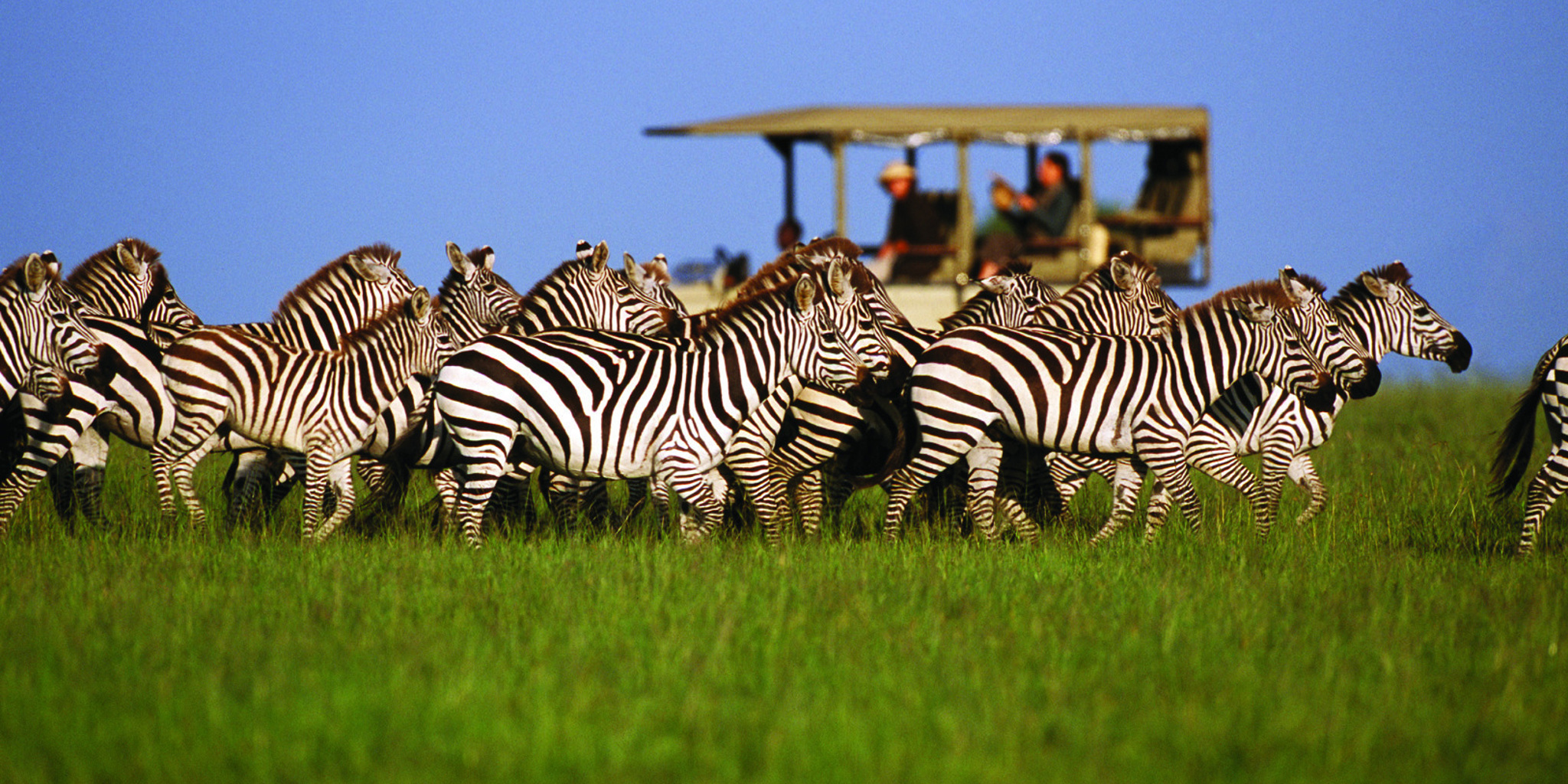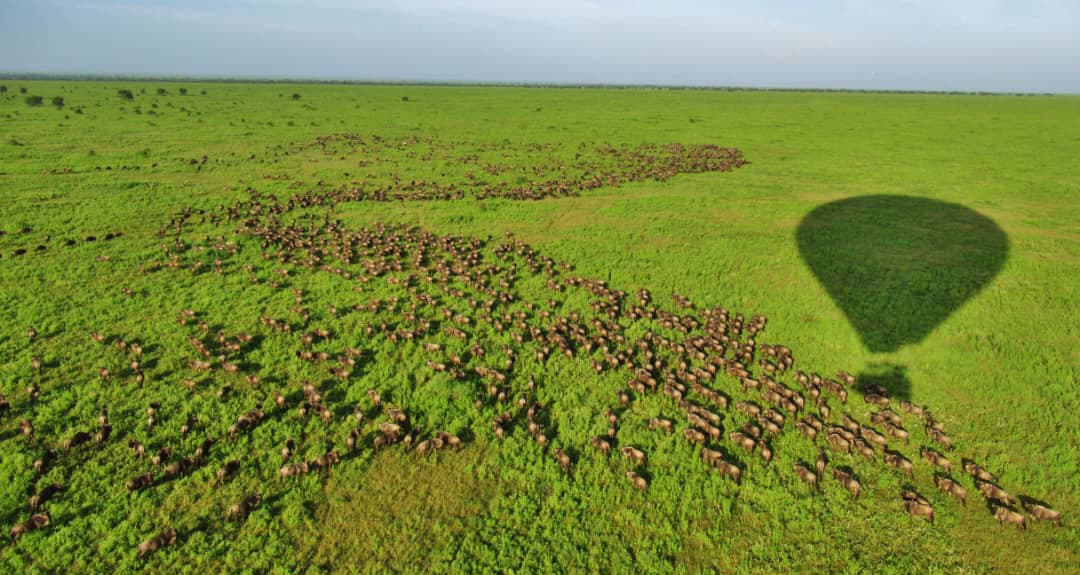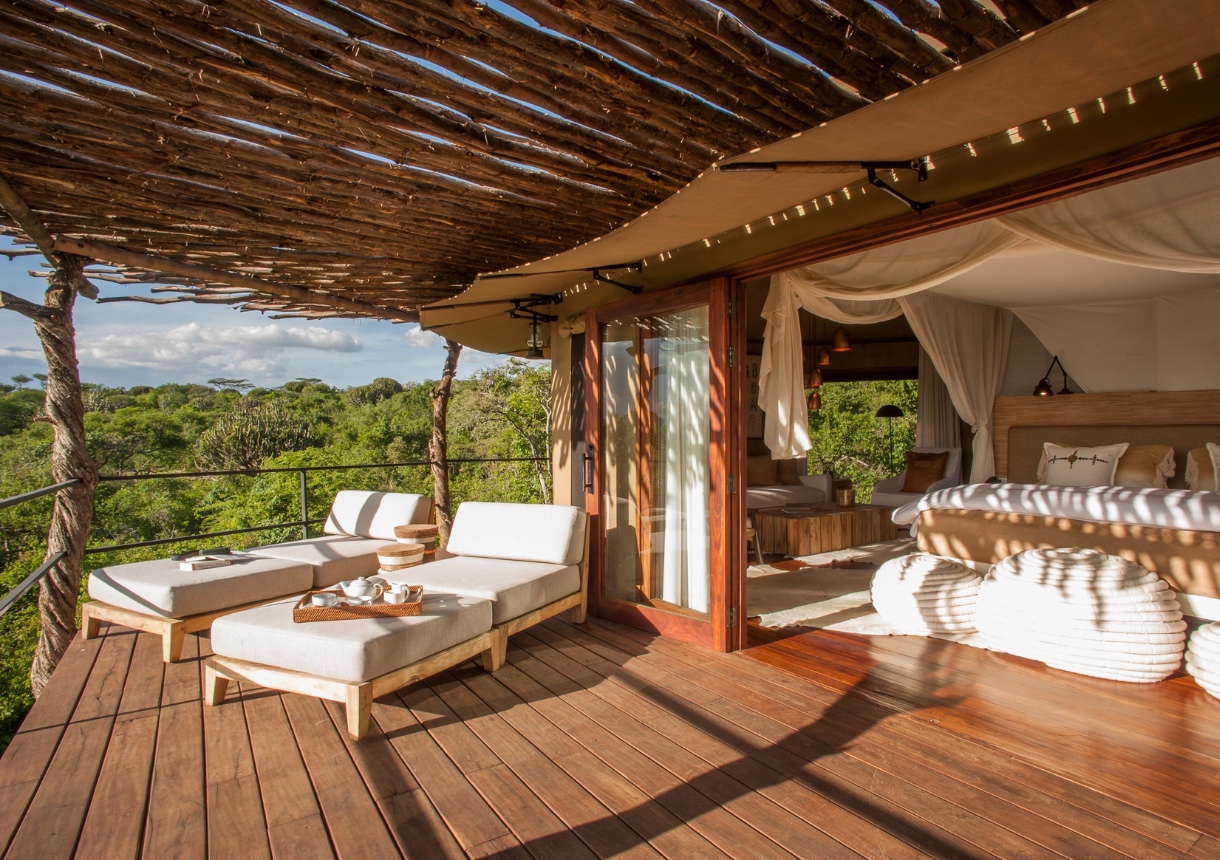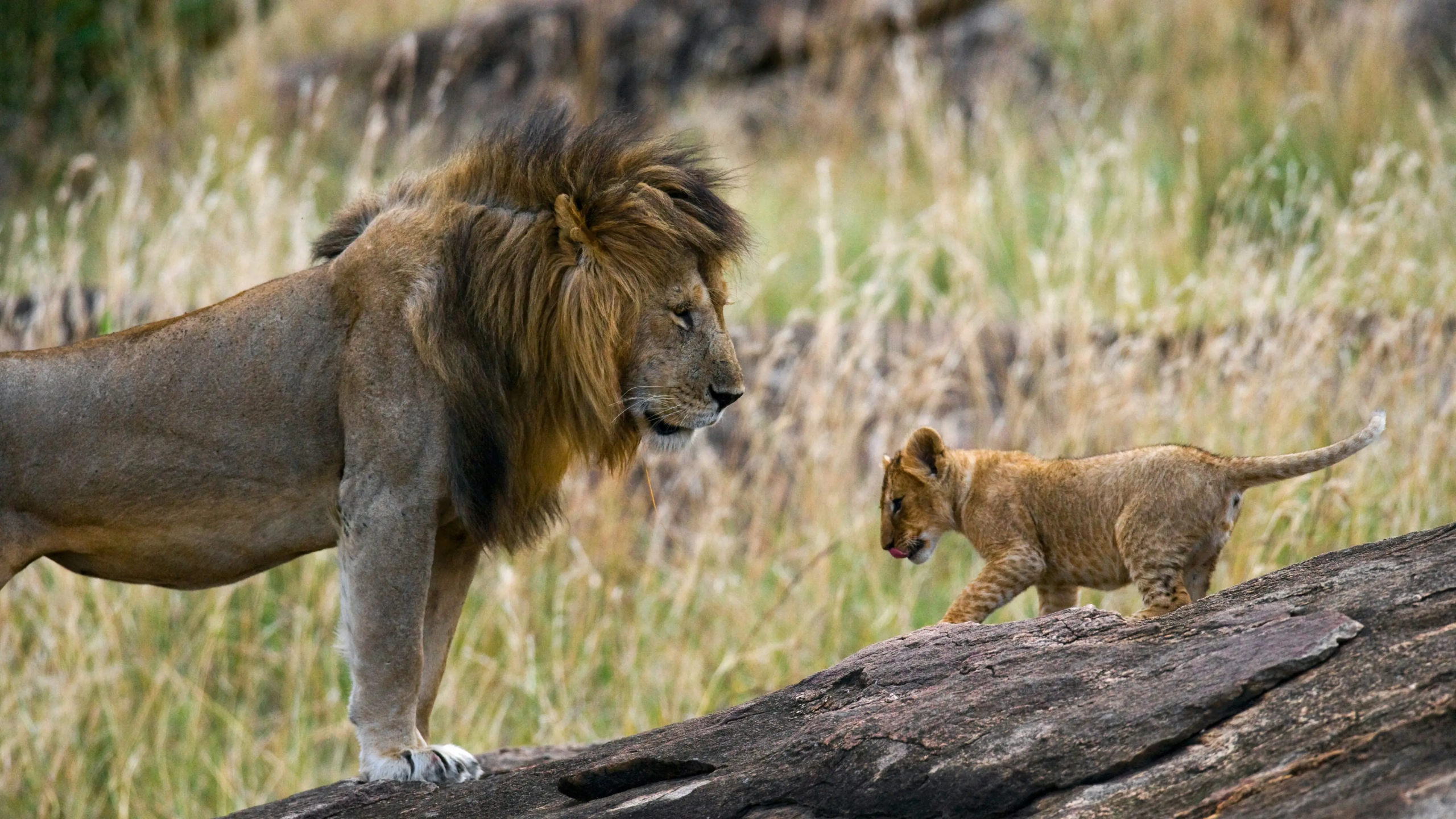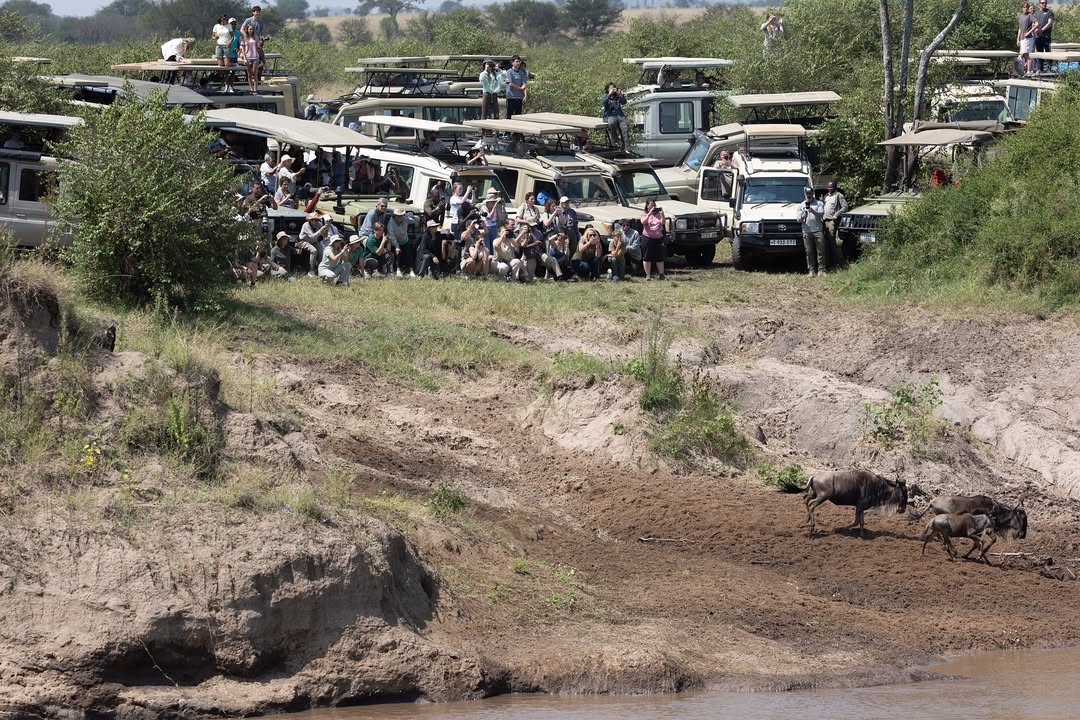All You Need to Know About Serengeti National Park (Expert 2025 Guide)
A place that refuses to be ordinary
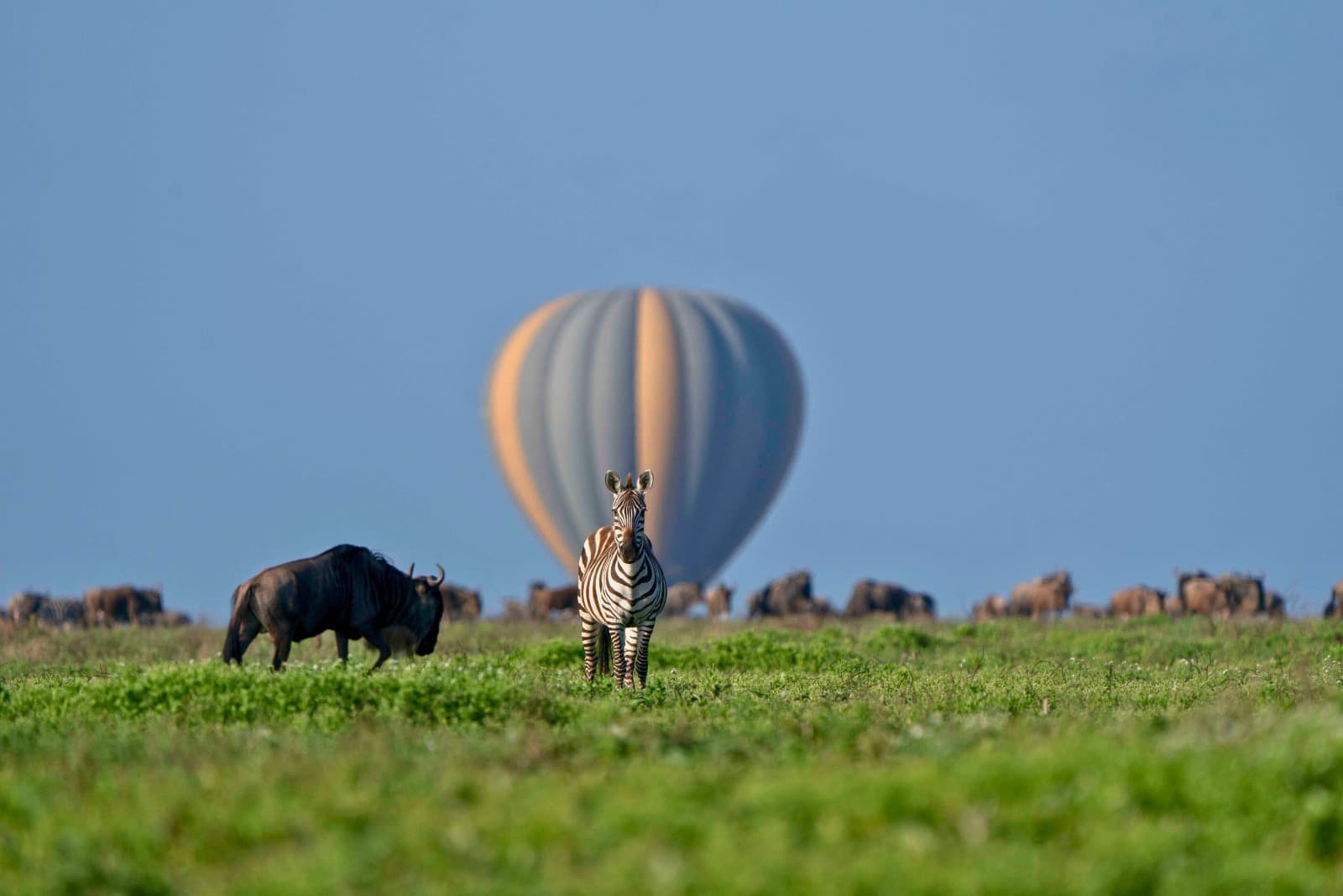
Serengeti National Park is one of those names that carries its own weather. Even before you go, you have a feeling, of space, of animals moving without fences, of sunlight crossing a sky so large it makes clocks feel silly. Yet the Serengeti is not important because it is famous. It matters because it offers a rare chance to watch ecology happening in real time. For travelers, it’s a safari. For scientists, a living laboratory. For nearby communities, a neighbor whose moods must be respected. And for anyone who has ever felt small in the best possible way, it’s a reminder that scale can be beautiful.
If you’re searching for practical knowledge, the best time to visit Serengeti, what the Great Migration actually looks like month by month, how the park’s regions differ, how many days to plan, where to stay, how to travel ethically, what to pack, and how to photograph responsibly, you’ll find it here. If you’re seeking a deeper story, how rain writes the script, how predators manage risk, how research here has reshaped what we know about lions, and how conservation organizations and communities hold the line, you’ll find that too. Both layers belong together; in the Serengeti, logistics and wonder are not enemies.
Where is the Serengeti, really?
On a map, the Serengeti sits in northern Tanzania, sharing an invisible ecological handshake with Kenya’s Masai Mara to the north and tied to the Ngorongoro Conservation Area to the southeast. Maps show borders; animals do not. The park itself spans roughly 14,750–14,763 square kilometers of grassland, acacia woodland, rivers, and ancient granite kopjes, a scale you feel more than measure the moment your vehicle leaves the last village and the horizon starts to move. The park was officially gazetted as a national park in 1951, following earlier phases of protection, and was later inscribed as a UNESCO World Heritage Site for its outstanding ecological value and the most famous large-mammal migration on Earth.
The name itself comes from a Maasai word Siringet meaning “the place where the land runs forever,” which sounds like poetry until you see it and realize it’s geography.
Geographic Formation of the Serengeti
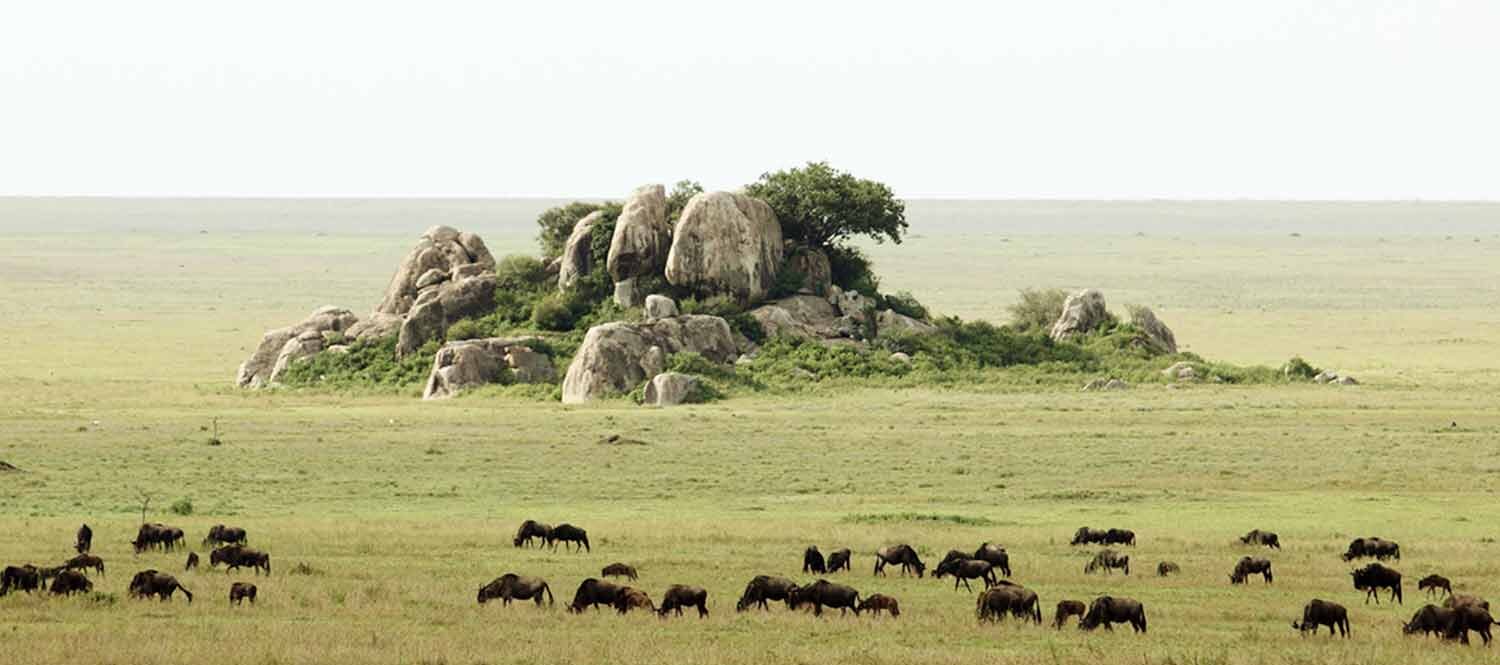
The Serengeti is not just a famous safari destination; it is a masterpiece of nature shaped over millions of years. Its sweeping grasslands, dramatic rivers, and scattered rocky outcrops did not appear overnight. Instead, they are the product of powerful geological processes that unfolded slowly, carving out one of the most remarkable ecosystems on Earth. To understand its geographic formation is to understand why the Serengeti is so unique not only as a haven for wildlife but also as an invaluable part of humanity’s natural heritage.
The story begins millions of years ago, when the Serengeti was sculpted by the shifting of tectonic plates along the East African Plateau, itself part of the mighty Great Rift Valley system. This vast geological rift, stretching thousands of kilometers across Africa, created fractures in the Earth’s crust and gave rise to dramatic landscapes. Around two to three million years ago, a series of volcanic eruptions from nearby mountains, including the still-active Ol Doinyo Lengai and the towering Ngorongoro Highlands, blanketed the region in layers of volcanic ash. Over time, this ash broke down into some of the most fertile soils in Africa, laying the foundation for the Serengeti’s endless grasslands. Meanwhile, the shifting of tectonic plates molded the terrain into rolling plains, carved deep river valleys, and left behind the rocky outcrops we see today.
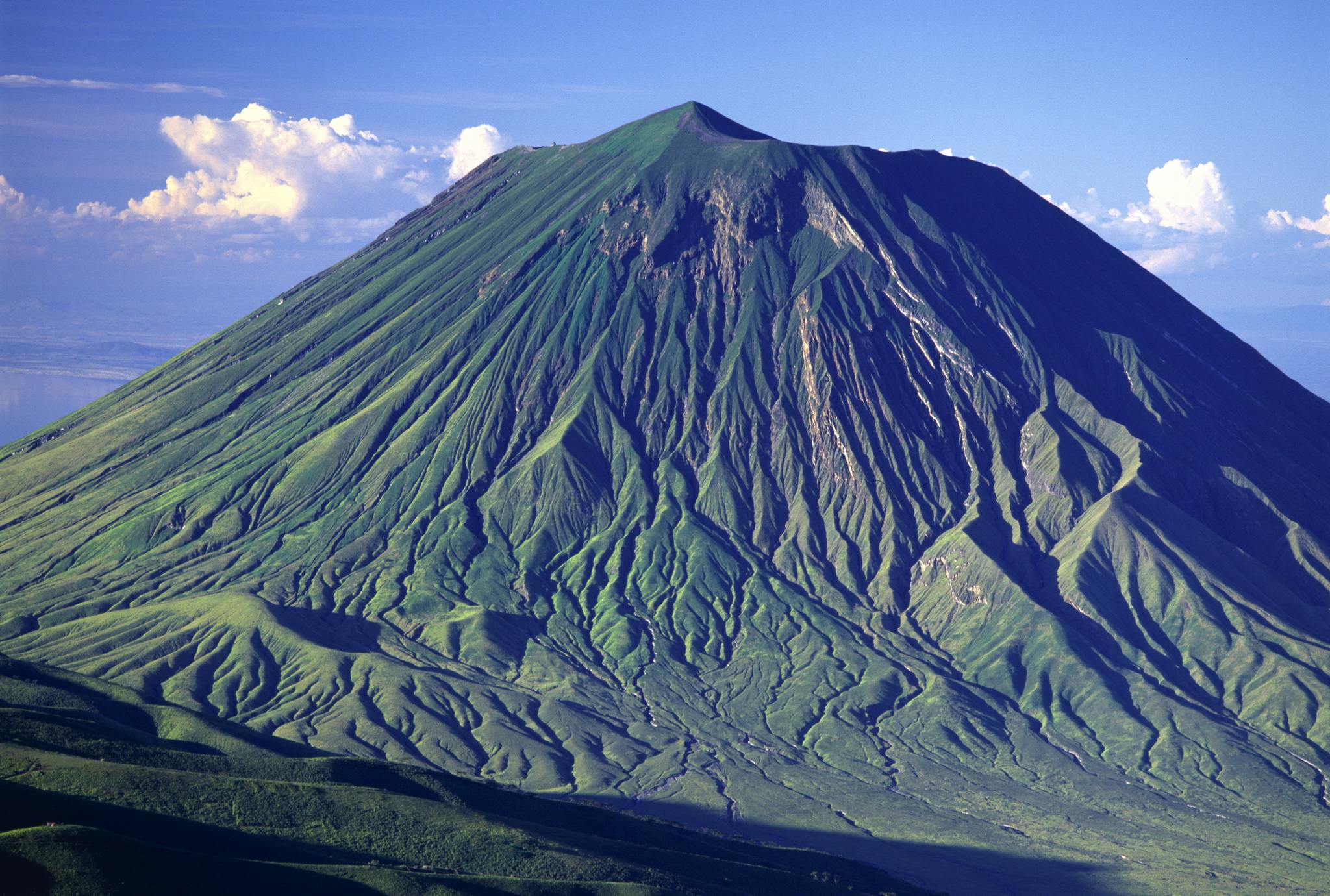
The most iconic feature of the Serengeti is, of course, its vast plains sometimes described as a “sea of grass.” These endless grasslands are a direct result of the volcanic ash and the unique seasonal climate. The soil, although rich in minerals, lacks the nutrients to support large forests or deep-rooted plants, making it perfectly suited for grasses. These grasses flourish during the rains and wither during the dry season, creating a natural cycle that drives the spectacular rhythm of life across the ecosystem. It is this cycle that sustains the Great Migration, the largest land migration of mammals on Earth, where over a million wildebeest and hundreds of thousands of zebras follow the rains in search of fresh grazing.
Water, too, has played a defining role in shaping the Serengeti’s landscapes. Several permanent rivers cut across the region, each forming lifelines for wildlife. In the west flows the Grumeti River, a permanent water source famous for its massive Nile crocodiles lying in wait during the migration. To the north, the Mara River is perhaps the most dramatic stage of the Great Migration, where herds of wildebeest brave powerful currents and predators in their desperate crossings. In the heart of the park, the Seronera River ensures that wildlife thrives even in the harshest dry months, making the central Serengeti a year-round hotspot for game viewing. Along with countless smaller streams, these rivers carve valleys and sustain the lush vegetation that provides food and shelter to countless species.
Dotted across the open plains are curious rocky outcrops known as kopjes, their name borrowed from the Dutch word for “small head.” These ancient granite formations are the remnants of rock that resisted erosion while the softer earth around them was worn away. To the casual visitor, they might seem like scattered boulders, but to wildlife, they are vital sanctuaries. Lions often use them as denning sites, leopards perch on their ledges to survey the land, and countless smaller creatures find refuge in their cracks and crevices. They are also ecological islands where plant life thrives in miniature pockets of soil, making them as beautiful as they are essential.
To the southeast, the Serengeti is bordered by the Ngorongoro Highlands, an area shaped by one of the most dramatic volcanic events in history. Here lies the Ngorongoro Crater, the world’s largest intact volcanic caldera, formed when a massive volcano collapsed upon itself millions of years ago. The highlands act as a natural water catchment, feeding rivers and streams into the Serengeti below, and influencing its climate. Their cooler, wetter conditions contrast with the drier plains, creating a fascinating ecological gradient where diverse species coexist.
The Serengeti’s climate is a delicate balance influenced by its geography. To the west, Lake Victoria generates localized weather patterns, delivering rainfall that nourishes the western corridors. The highlands to the east capture moisture from passing clouds, ensuring the plains receive seasonal rains. Meanwhile, the openness of the plateau promotes steady winds that keep much of the region tree-free, preserving the vast, sweeping vistas of grassland that make the Serengeti so iconic.
Yet the story of the Serengeti’s formation is not only about geology and wildlife it is also about humanity. Just beyond its borders lies Olduvai Gorge, often called the “Cradle of Mankind,” where fossils of early hominids were discovered, offering evidence of humanity’s earliest ancestors. For ancient humans, the Serengeti’s open plains provided opportunities to hunt, gather, and thrive. The fertile volcanic soils also supported early pastoralist communities, whose descendants still live in harmony with the land today.
In this way, the Serengeti is more than a park or a tourist destination. Its landscapes tell a story of fire and ash, of rivers carving lifelines, of grasslands shaped by wind and rain, and of human history intertwined with the land. To walk across its plains is to walk across millions of years of natural history, each feature—whether a river, a kopje, or a blade of grass a reminder of the powerful forces that shaped one of the most extraordinary places on Earth.
Landscapes as classrooms
At first glance, the Serengeti looks simple: endless plains interrupted by a ribbon of river or a scatter of rocks. Spend a few days here and the simplicity unravels into pattern. The southern short-grass plains are rich in minerals and perfect for calving season; the central region around Seronera mixes grassland and woodland, concentrating prey and therefore lions; the western corridor pulls you into river country where fig trees and black cotton soil slow everything down; the north, rolling and stony, leans toward Kenya and hosts those famous river crossings when the herds push into Lamai and Kogatende. Each landscape is a different answer to the same question: how do you find enough food and avoid becoming food yourself?
Kopjes exposed granite inselbergs deserve a paragraph of their own. They are islands of shade in the heat, lookout towers for lions, den sites for leopards, and safe nurseries for hyraxes and smaller creatures. They store stories in their cracks: scratch marks, sun-baked lichen, and the cool dust that predators love on a hot day.
Weather is the author; animals are the actors
Talk to anyone who knows the Serengeti and they will talk about rain. The short rains typically arrive around November and December, re-greening the south. The long rains come roughly from March through May, pushing grazers west and north as grass growth shifts. The dry season from June to October pares down the landscape and concentrates life along rivers. Weather doesn’t just set the mood; it writes the script. Predators arrange themselves around this choreography, as do birds, insects, and even the soil.
Because rainfall patterns vary year to year, the Serengeti does not believe in fixed calendars. This is part of its genius and part of why a good guide matters; they read grass height and dust texture like we read train timetables.
The Great Migration, without the shortcuts
It’s tempting to reduce the Great Migration to a handful of images: wildebeest pouring off a riverbank, crocodiles waiting, a calf calling for its mother. The full story is slower and grander. Each year, roughly 1.2–1.5 million wildebeest, joined by hundreds of thousands of zebra and gazelles, complete a circular pilgrimage of about 800–1,000 kilometers, tracing a loop driven by rain and the chemistry of grass. Numbers vary by source and year, but the range captures the scale you’ll witness on the ground.
In the southern plains around Ndutu from about December to March, calves are born in a synchronized burst. Calving on open short grass is not carelessness; it’s strategy. Vision is unobstructed, and the grass, rich in nutrients after the short rains, supports lactating mothers. Predators patrol these plains like seasoned tacticians, and yet the sheer number of newborns overwhelms them safety in arithmetic. As the long rains settle in and grass quality shifts, the herds tilt westward, probing the central plains and then the western corridor, where the Grumeti River introduces a new set of risks. By July and August, the momentum often builds toward the Mara River in the far north, where river crossings those rolling, chaotic, dust-shrouded minutes are less about drama than about navigation. Cross where the bank is shallow enough. Wait if it isn’t. Try again. And again if needed. By September and October, after rains pull north into Kenya, many herds still push back and forth across the border like breathing. When storms drift south in November, they return to Tanzania’s plains, and the circle tightens once more.
The most helpful way to plan around the Migration is to abandon the false comfort of rigid dates and instead match your location to the most likely grass and water conditions. That means Ndutu and southern plains for calving, central/Seronera for reliable predator–prey density, western corridor for mid-year river country, and northern Lamai–Kogatende for Mara River crossings. In strong rain years, timings shift forward; in weak years, they lag. The herds do not read our blogs; they read the wind.
Predators and the mathematics of risk
People come to the Serengeti for lions but leave talking about hyenas. Both are misunderstood. Lions in the central Serengeti have been studied for decades, teaching us that group living among large cats is a negotiation between territory defense, cub survival, and access to food. The long-running Serengeti Lion Project began with George Schaller’s pioneering work in 1966 and continued through multiple scientific teams, including the University of Minnesota under Craig Packer, building one of the world’s most important predator datasets. That history matters because it explains why guides here speak about prides like historians discuss dynasties.
Leopards are pattern and patience. You may see only a tail twitched over a branch on a hot afternoon or the clean geometry of rosettes sliding into riverine thickets. Cheetahs prefer the short grass of the south and east; speed needs a runway. Spotted hyenas are tacticians, not merely scavengers, and in many parts of the Serengeti they out-hunt lions at night. Jackals and bat-eared foxes animate the crepuscular hours, their lives small in size and large in purpose. Wild dogs, once nearly absent, now appear occasionally in broader ecosystem zones as conservation work strengthens populations. Each predator views the same plain through a different calculus of risk and reward, and the Serengeti grants them room to prove it.
Herbivores as engineers
Wildebeest do more than migrate; they shape the land. Their grazing patterns alter fire regimes, their hooves churn soil, and their bodies transport nutrients. Zebras, with stronger incisors, nibble taller, tougher grasses, essentially mowing a path that opens fresh shoots for grazers behind them. Thompson’s and Grant’s gazelles clip even shorter lawns. Elephants, in lower densities here than in some parks, still reshape woodlands through bark stripping and branch breaking, and buffalo anchor the wetter grasslands. Giraffes seem like decoration until you watch them prune acacia with the precision of a conservator restoring a painting.
If you love birds, Serengeti turns into another country. Over 500 species have been recorded: Kori bustards stalking like old generals, secretary birds sprinting with deadly intent, martial eagles scanning for signs of weakness, and flamingos lighting up alkaline lakes on the ecosystem’s edges. In the green months, the air itself feels heavier with wings.
The park’s regions, without the clichés
Southern Serengeti and Ndutu feel like an ocean of grass broken by islands of shadow. During calving, the light is sharp and clean and the days can be full of short, intense dramas. The land is open, and you learn quickly to spot the posture of a cheetah about to commit to a chase, the odd stillness of a jackal when it hears a sound only it can hear.
Central Serengeti (Seronera) is the Serengeti many imagine: a generous mix of plains, river lines, sausage trees, and kopjes. Wildlife density is reliable year-round because the habitat is varied and water is accessible. Lions hold the landscape differently here; you notice how often they choose shade with a view. Seronera’s airstrip makes access straightforward, which also means more vehicles yet, step away from the main arteries with a patient guide and the park widens again.
Western Corridor is river country. The Grumeti and Mbalageti carve dark green routes toward Lake Victoria, and black cotton soil keeps drivers honest in the rainy months. Here you learn to read hippo pools like neighborhoods and to scan fig trees for leopards draped like spare fabric over high branches. The migration’s mid-year push through this corridor is not only about crossings; it’s about pressure predators on the move, terrain that funnels decisions, and the slow drama of a herd paused by water that looks harmless until it moves.
Northern Serengeti (Lobo, Lamai, Kogatende) is, for many, the park at its most lyrical: rolling hills, scattered acacia, less crowding, and the Mara River cutting a decisive dark line through grass and rock. Crossing points acquire nicknames and reputations, but the truth is more pragmatic. Wildebeest will gather and gather, and sometimes cross, and sometimes refuse. The longer you watch, the more you realize that patience is not just a virtue in the Serengeti it’s a strategy.
How many days is “enough”?
This is the question that reveals the traveler’s personality. If you want a highlight reel, three nights in one region will give you classic scenes. If you want a relationship with the park, six to eight nights divided between two regions say, Seronera and the north in July–September or Seronera and the south in January–February creates a rhythm where you can start to predict behavior. The best safaris in the Serengeti are not about packing your day with activities; they are about giving your senses time to calibrate. The first time you see lions you count them. The second day you notice who has a full belly. The third day you start to read the politics.
Getting there, and why the journey matters
Most Serengeti safaris launch from Arusha, reachable by regional flights from Dar es Salaam, Kilimanjaro International Airport, or Zanzibar. From Arusha, you can drive to the Serengeti via Ngorongoro and Karatu, a scenic route that primes you for the scale to come, or you can fly into one of several airstrips, Seronera for the central heartland, Ndutu for the south, Grumeti for the west, and Lobo, Kogatende, Lamai for the north. Road journeys deliver context; you see the plateaus and crater rims and farms and roadside towns that keep the ecosystem company. Flights deliver immediacy; you drop into the story already underway.
If you plan to self-drive, remember that off-road driving rules are strict in the park and for good reason; tires can carve scars that last seasons. If you plan a fly-in safari, coordinate carefully with your camp or operator to ensure game-drive vehicles meet your aircraft and that your luggage meets bush-plane limits.
Lodges, tented camps, and what “luxury” really means out here
Accommodation in the Serengeti isn’t about marble; it’s about logistics and location. Permanent lodges provide stability and amenities—solid structures, reliable power, sometimes pools and spas usually placed for broad year-round access or commanding views. Tented camps split two ways. Classic semi-permanent camps choose strategic locations in a region and stay for a season or all year. Mobile migration camps move two or three times a year, shadowing the herds more closely: southern plains in calving months, central/west for the mid-year transition, and the north for river crossings. Mobility brings you closer to the action but also to the wind’s moods and to night sounds thick enough to change your sleep forever.
The most important “luxury” in the Serengeti is not thread count; it’s time on the right piece of ground and the skill of the people showing it to you guides who can read vultures at 500 meters, spot fresh cat tracks at 30 km/h, and sense when to sit and wait because the plains are about to speak.
Best time to visit without playing favorites
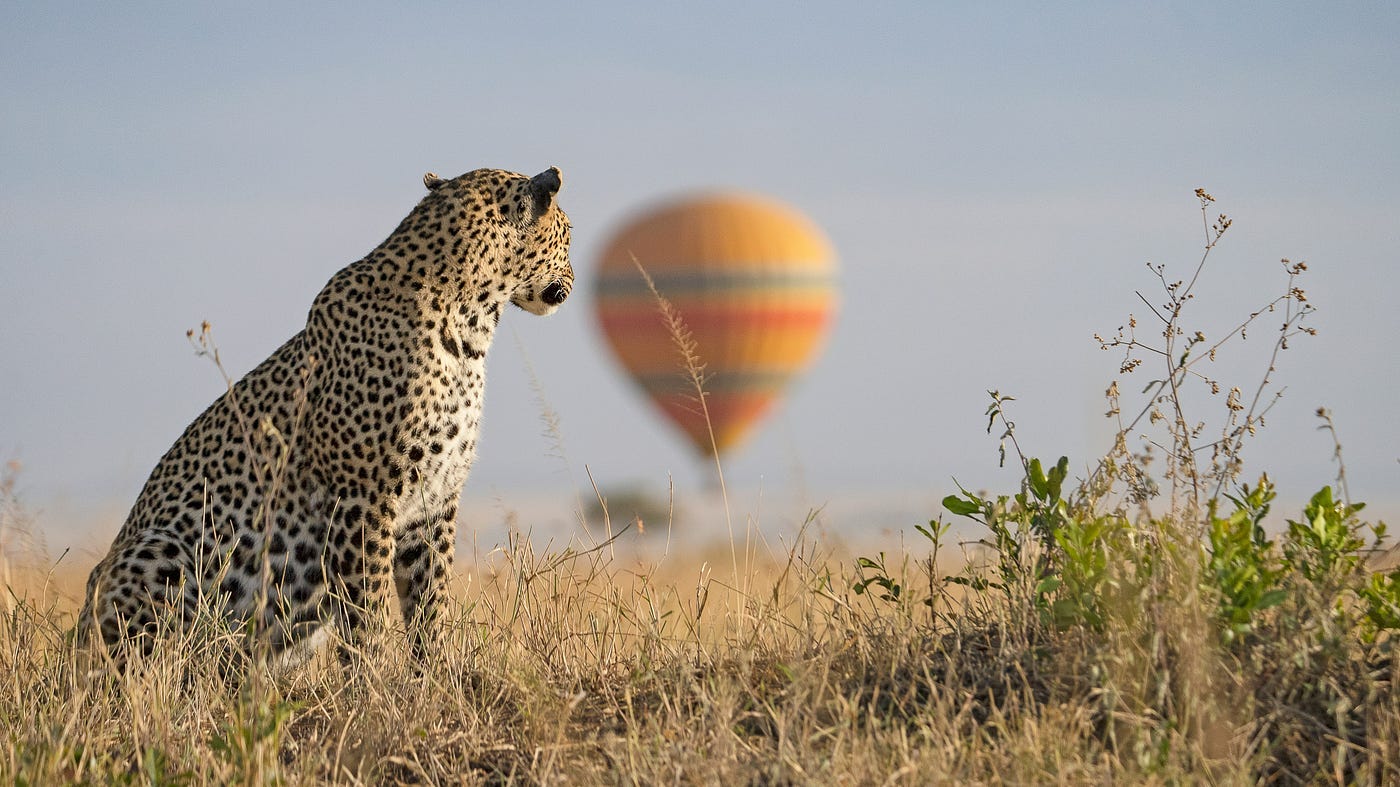
The Serengeti is honest year-round. If you favor crisp air, open views, and easier spotting, the June–October dry season is a sure bet. If you want the emotional electricity of calving season, aim for late December through early March in the south. If you dream of river crossings, July–September in the north is your window, sometimes stretching into October depending on rain. If you want mood and color and fewer vehicles, April–May in the green season is a photographer’s playground, provided you and your driver respect black cotton soil and avoid getting stuck for a half day which, come to think of it, can be an education of its own.
Park fees, permits, and rules that protect the experience
Entry fees and concession charges are managed by Tanzania National Parks (TANAPA) and by specific concession areas where applicable. Fees change periodically, and regulations speed limits, off-road policies, drone bans, night-drive permissions exist to protect both wildlife and your long-term experience of the park. Always confirm current requirements directly via TANAPA or your operator before you travel; accuracy matters in protected areas.
Rules are not obstacles here. They’re the reason you can arrive five years from now and still find lions asleep on kopjes and hyenas trotting home at dawn with the same laugh. Respect distance from animals. Accept that sometimes you will wait your turn at a crossing or a sighting. Remember that the Serengeti is not an arena; you are a guest in a functioning world.
Safety, health, and comfort without drama
Tanzania is welcoming, and the Serengeti is run by professionals who take safety seriously. Most camps have radio contact with park authorities and robust emergency procedures, and reputable operators monitor weather and road conditions daily. Malaria prophylaxis is widely recommended; consult your doctor well in advance. Bring any personal medications, and keep them in your daypack, not in checked luggage. Hydration is not optional; the air is drier than it looks, and the wind lies. Sun protection matters even on cloudy days. If you have dietary needs or mobility considerations, tell your operator early. You’re not a nuisance for asking; you’re improving your own experience.
Animal safety is largely common sense. Do not stand up in open vehicles near skittish animals. Do not pressure wildlife for a better photo. Do not walk between a hippo and water or between elephants, period. If a guide says “we give them space,” that’s not a suggestion; it’s wisdom.
Photography that tells the truth
If you photograph, the Serengeti will test your restraint. The temptation is to fill memory cards with action. But the best images here respect context. A cheetah family on a termite mound is not just five cats; it’s raised ground for visibility and breeze, it’s a classroom where cubs practice patience. Use early and late light this park’s colors redden into poetry on either side of midday. Carry two bodies if you can, one with moderate telephoto and one wider to honor the landscapes. Turn the camera around occasionally; the most important picture might be the way your partner’s eyes change when elephants cross in absolute silence.
Most of all, accept that you will miss things. You will be ten seconds late for a chase, or your lens will hunt for focus at the exact wrong moment. That’s good news. It means you’re in a living place, not a script.
Traveling with children or older adults
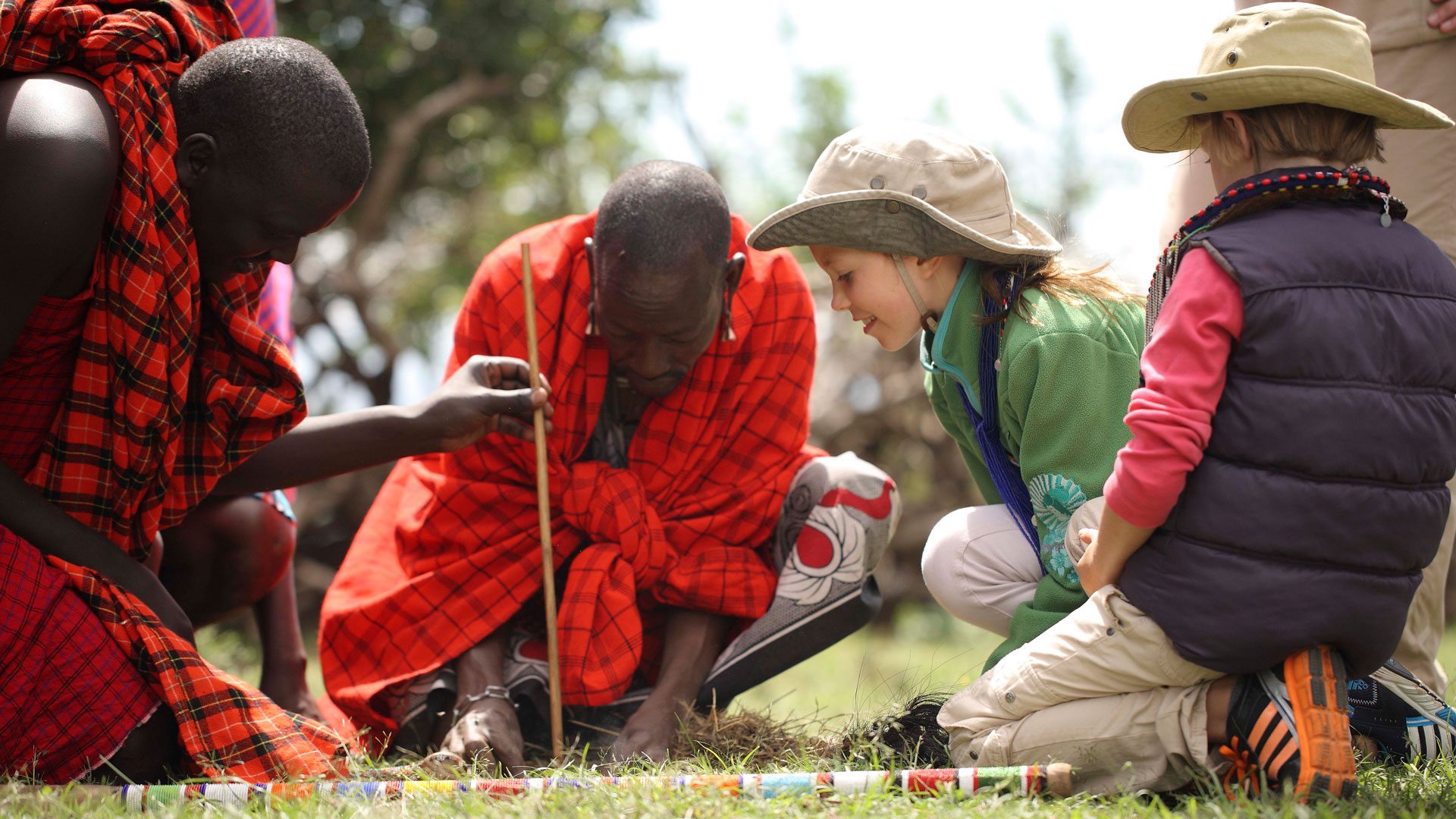
Families often fall in love with the Serengeti because it reorganizes attention. Children count giraffe and spot warthog tails in grass taller than they are. Older travelers who feared bumpy roads discover that vehicle suspensions and patient pacing make long drives surprisingly manageable. If you’re traveling with small children, choose camps with family tents and consider regions where drives can be shorter but still rich Seronera is excellent for this. If stairs or steep paths are a concern, ask about room locations in advance; many camps spread across uneven ground for privacy and views.
Money, connectivity, and expectations
Remote camps manage miracles, but they do not manage fiber-optic cables. Internet is improving, often via satellite, but you are not going to stream your way through a thunderstorm. Take it as permission to unplug. Payments at camps are usually a mix: cards for major charges, cash for gratuities. Ask about tipping norms before you travel; a little clarity early saves awkwardness later. Power in tents and rooms is sufficient for cameras and phones; heavy-draw devices can be trickier. Bring a small multi-port charger and extra batteries; remember that cold mornings drain power faster than you expect.
Conservation and the people who show up every day
It’s comfortable to think of conservation as slogans. In the Serengeti, it is work long hours by rangers, scientists, mechanics, pilots, and camp staff; partnerships between government, communities, and NGOs; and a thousand small decisions to do the difficult, less visible thing. The Frankfurt Zoological Society (FZS) has been active here for decades, supporting anti-poaching operations, community partnerships, and ecosystem monitoring, often in concert with TANAPA and local authorities. Sustained involvement since the early 1960s has helped keep this landscape intact during periods when other ecosystems were losing ground.
Research is not decoration; it feeds policy. The Serengeti’s lion studies, started in the 1960s and continued under multiple teams and institutions, transformed how we think about social carnivores and shaped management decisions here and beyond. The value of that continuity decades of watching the same prides is hard to overstate.
Conservation is also community. People living around the park avigate real tradeoffs: crop protection versus elephant corridors, grazing access versus habitat integrity, employment today versus biodiversity tomorrow. The more your tourism dollars support ethical operators who hire locally, invest in schools and clinics, and respect grazing and migration corridors, the more honest your safari will feel and the more likely this landscape will still surprise your grandchildren.
Ethics at sighting number five of the day
The Serengeti teaches you to say no to your own impatience. If ten vehicles already surround a leopard, ask your guide to move on. If your driver says a road is closed after rain, it is not a test of your persistence but of your respect. If a guide from another company is behaving badly, trust that your complaint will matter. The park remembers sometimes in lion behavior conditioned by too much pressure, sometimes in ruts that fill with water and breed mosquitoes weeks later. Ethical travel here is not abstract; it is measurable.
What to pack, if you want the land to like you
This is not a gear list; it’s a philosophy. Bring less but make it right. Neutral, breathable layers that can handle cool mornings and hot afternoons. A jacket that shrugs off wind and the odd shower. A hat that refuses to leave your head at 40 km/h. Closed shoes that keep dust honest. Binoculars that live around your neck, not in your bag. Any personal medications twice over. Curiosity in bulk.
Common mistakes and the art of avoiding them
Travelers sometimes over-plan. The Serengeti rewards decisive under-planning: choose the right seasons, pick two regions max for a week-long trip, and leave room for a day that does not obey your outline. Another mistake is treating the Migration like a Broadway show with fixed curtains. It isn’t. Herds fragment and regroup; rain wins arguments you thought you settled back home. Finally, some travelers chase sightings across the park at the expense of watching behavior. Remember that a quiet hour at a waterhole can teach you more about Africa than racing 40 km for a rumor.
Serengeti versus the Masai Mara, and why the comparison is a trap
Yes, the Masai Mara in Kenya and the Serengeti in Tanzania are part of the same ecosystem. Yes, the Mara can concentrate cats unlike anywhere else. Yes, the Serengeti is bigger and offers more varied landscapes. Both are extraordinary and different. The better question is not which is “best,” but which is right for you now. If you dream of river crossings in a single long weekend, the Mara can work. If you want a longer, deeper journey through multiple habitats with a migration chapter included, the Serengeti favors you. The good news: many travelers eventually do both. The ecosystem does not mind; it treats borders like rumors.
A day in the Serengeti, told honestly
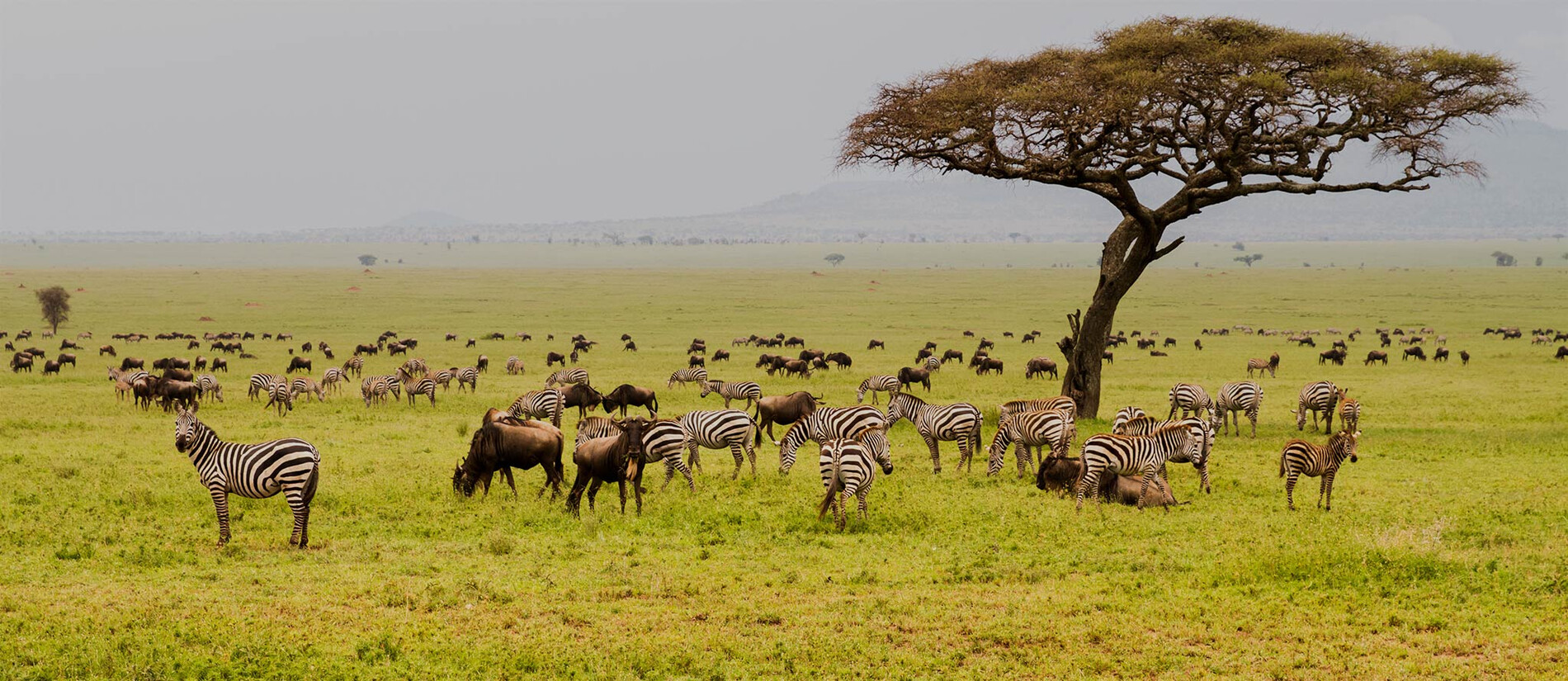
Wake before dawn. Coffee arrives like a small ceremony. The air at 06:00 is thin and metallic; the vehicle’s canvas sides flap as you cross the first drainage line. A hyena trots home with the kind of purpose humans envy. In the east, the sun pushes up, and wildebeest shape themselves into moving punctuation. Your guide stops and kills the engine. Silence takes a moment to settle. Then you hear them the low grumbles and contact calls, like someone slowly tearing cloth.
By 08:30, lions. Three females on a kopje, one with a fresh wound on the shoulder, another with milk stains. The cubs don’t show; the heat is already coming. Ten minutes later, a male lopes out of a thicket and lies twelve meters away without looking at you. He is scarred in a way you will remember during your flight home.
Midday is for shade, for camp lunches that taste better than they should, for pages of a book you won’t finish. At 16:00 the light is kind again. You find a cheetah with two sub-adults, the grass only ankle high here. They stand on a termitaria scanning, their tails making small S-shapes of anticipation. A Thomson’s gazelle fixes them with what looks like indifference. For twenty minutes nothing happens and then everything happens quickly and is over. You leave the scene quietly and head toward the river, where elephants cross at last light through reeds that almost erase them. Someone in the vehicle says nothing, and everyone understands the language.
Planning in practice: choosing when and where
If your heart is set on calving, block late January through mid-February and book a camp in the Ndutu or southern plains area. Accept that rain can add texture to your trip and that the best stories sometimes include a stuck vehicle and a rescue that ends in laughter at camp.
If you want variety with strong predator viewing, aim for June or September in the central Serengeti, pairing it with either the west if you’re traveling earlier or the north if later. This configuration gives you landscapes in plural: open grass, river systems, kopje fields, and the possibility never the guarantee of a crossing.
If you plan for July–August in the north, understand that patience rules the river. You might spend three hours at one bend counting thousands who refuse to commit, only to move one kilometer upriver and watch it happen as if someone flicked a switch. Bring snacks. And humility.
Science notes that change how you look at animals
Because of the Serengeti’s research pedigree, your guide may slip science into conversation. For lions, you’ll hear about pride takeovers, infanticide, and why roaring at night is not just noise but territorial economics. For cheetahs, the talk turns to energy budgets a failed chase isn’t just disappointing; it’s costly, which is why mothers with cubs weigh every decision twice. For hyenas, forget the cartoon villain. Clans are matriarchal, socially complex, and astonishingly effective. Even giraffes are more than silhouettes: males engage in necking contests with subtle gradations that settle disputes far below the threshold of dramatic injury. Knowledge does not make the animals less magical; it makes them more specific.
The human story beside the animal one
The Serengeti does not float in isolation. Pastoralist communities have lived on the ecosystem’s edges for generations, moving livestock with seasonal rhythms in conversation with the same rains that pull the herds. Conservation and community development now often travel together: schools built where poaching declines, health posts funded where corridor protection succeeds, grazing plans co-designed so both cattle and migration routes can endure. Honest operators bring guests into this reality carefully and respectfully, avoiding poverty voyeurism and focusing on mutual respect rather than staged performance.
Why continuity matters
Many parks have beauty. Few have long, uninterrupted monitoring by scientists and long-term presence by conservation organizations. In the Serengeti, that continuity has created a dataset that spans generations of lions and a management memory that extends beyond individual careers. When you book a safari here, you participate however modestly in a system that still funds rangers’ boots, helicopter hours, and the quiet dignity of doing maintenance on a gravel airstrip in a crosswind so that an emergency evacuation, should it ever be needed, doesn’t become a tragedy.
The park’s World Heritage status recognizes this global value. It was inscribed in 1981, in part for the wildebeest migration, a phenomenon now known to be shaped by dry-season rainfall in the Mara River system, linking water chemistry, grass growth, and ungulate movement into a single system you can watch from a vehicle but can never fully control. This is ecology at landscape scale, and it is the reason every new generation of travelers falls in love with a place their grandparents already admired.
If you only remember five things
Remember that the Serengeti is not a performance staged for visitors; it is a system. Remember that your best sightings will happen because you were willing to wait when other vehicles drove away. Remember that your dollars matter more when they support operators who hire locally and respect rules that keep animals wild. Remember that weather will outvote you occasionally, and that this is how places stay real. And remember that a safari is not about ticking boxes; it’s about letting a landscape change the way you measure time.
A closing scene
On your last morning, the wind will carry the smell of dust and somewhere far off the low murmur of a herd you cannot see. You will sit on the vehicle’s step with a mug warming your hands and realize that you are thinking more slowly than when you arrived. Out on the plain, a secretary bird will cross with ridiculous seriousness, and a lilac-breasted roller will find the exact moment when light and color and wing shape make sense. Your guide will ask if you’re ready to go, and you will say yes, though you will not really be ready. No one is. That’s the point. The Serengeti is not the place you visit and leave behind. It is the place that keeps a small, useful piece of you and gives you something back a sturdier patience, a wider attention, a clearer sense that strength and gentleness can share the same body.
